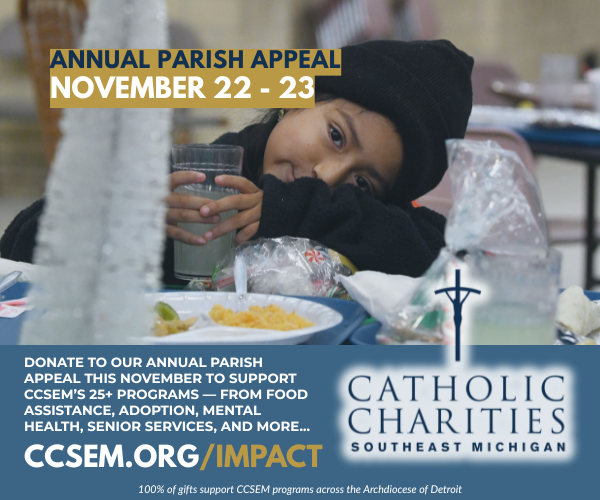(OSV News) -- More than 90 bishops from different parts of the Pan-Amazon region gathered in Bogotá, Colombia, Aug. 17-20 to take a fundamental step in the implementation of some of the Amazon synod's proposals.
The meeting was an occasion to analyze in detail the pastoral, social and environmental challenges of the region and was the first such high profile meeting of the Ecclesial Conference of the Amazon, known by the Spanish acronym CEAMA.
CEAMA is a permanent, representative ecclesial body for the Amazon region, created in 2020 to implement the commitments of the 2019 Amazon synod and give life to Pope Francis' post-synodal exhortation "Querida Amazonia." The Bogotá meeting was held in advance of CEAMA's General Assembly in March 2026.
The Bogotá meeting was promoted by the Latin American and Caribbean Episcopal Council, known as CELAM, and brought together the Amazonian bishops and CEAMA's members, including lay Catholics and Indigenous leaders.
According to Mauricio López, CEAMA's lay vice president, the meeting's main goal was to offer to the Amazonian bishops the opportunity to actively learn about CEAMA and reflect on the ways it can better serve each particular church in the region.
"Over the past years, we noticed the need to strengthen the connection between CEAMA and the dioceses. It's something complex, and we had limitations in the process of establishing those ties," López told OSV News.
CEAMA was created a few months after the 2019 Amazon synod, as an unprecedented ecclesiastical organization conceived to help the church to deal with the many challenges presented by the Amazonian bishops, working for integral ecology and promoting synodality.
"It was founded during the COVID-19 pandemic, a time when we not only had to go back to our duties but also had to face daily emergencies. That crisis made CEAMA remain a bit shadowed," Italian-born Bishop Flavio Giovenale of Cruzeiro do Sul, in Brazil, told OSV News.
CEAMA used to be "a great mystery," he said. Until the Bogotá meeting.
"Over the past few days, we had the opportunity to understand its role and discuss how it could help us. We're now excited about the things that can be done," Bishop Giovenale said.
During the encounter, the bishops -- many of whom were not present at the Amazon synod -- had a chance to express the problems and challenges they face in their mission of evangelizing the Amazonian peoples. That's a multifaceted reality, which encompasses traditional populations living in the rainforest, rural workers and massive urban populations.
"They had time to talk about their multiple difficulties, topics that had been largely discussed during the Amazon synod, like financial hardships and the lack of personnel," López said.
The vast distances in the Amazon many times transform simple pastoral visits to each community into an enormous challenge. The costs of fuel for the boats or even for the small airplanes that have to be employed is a continuous burden for the finances of many dioceses.
A chronic lack of priests in the Amazon ends up overburdening the existing ones and leaving many communities insufficiently accompanied. On top of it all, there are never-ending attacks to the rainforest by illegal miners, illegal loggers and ranchers who invade natural reservations, devastate them and expand their farms.
"We debated those problems and also made suggestions to deal with them. We resumed some of the proposals that emerged during the 2019 Amazon synod, like the creation of an Amazon fund that could finance part of our operations," Bishop Giovenale explained.
CEAMA's role as an organization that has the mission of serving the Amazonian church opened the bishops' minds. They realized that CEAMA can be organized as a platform for the exchange of experiences, for the dissemination of information and for the mobilization of advisers, who can get involved in specific projects, López said.
"We have to make progress in concluding and implementing the synodal plan, looking for an adequate organizational structure," he added.
When CEAMA gathers for its assembly next March, the encounter will mark a new chapter for the conference, according to the organizers.
"We're a church always being reformed. The synodal dynamic brings permanent renovation. CEAMA is part of that process," López affirmed.
Synodality indeed has been a fundamental aspect in the Amazonian church's recent developments. The Amazon synod's discussions were mostly based on a working document prepared after thousands of the region's residents talked to missionaries and shared their visions regarding integral ecology and the church.
During August's meeting, one of the most remarkable moments, according to López, was the group discussion of CEAMA, in which the bishops expressed their views and learned with each other.
"It was important to see how that dynamic can help to address complex subjects," López said.










